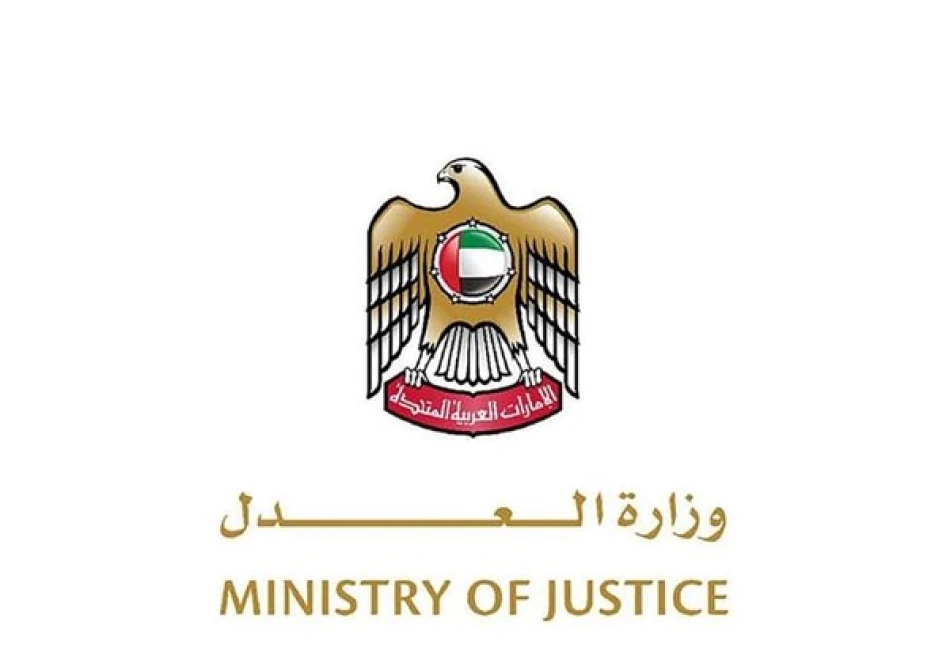
UAE Justice Minister Unveils Comprehensive Digital Justice System Focused on Fairness, Transparency, and Human Rights Protection
UAE Deploys AI and Digital Systems in Renewed Fight Against Human Trafficking
The United Arab Emirates is leveraging artificial intelligence and comprehensive digital platforms to combat human trafficking, signaling a tech-forward approach to addressing one of the world's most persistent criminal enterprises. Justice Minister Abdullah Sultan bin Awad Al Nuaimi announced the initiative as part of the country's broader strategy to strengthen international cooperation and accelerate prosecution of trafficking cases.
Technology as the New Weapon Against Modern Slavery
Speaking on World Day Against Trafficking in Persons, Al Nuaimi emphasized that the UAE is developing an integrated national digital system built on principles of justice, transparency, and human rights protection. The platform will utilize artificial intelligence to streamline procedures and improve coordination between relevant authorities, ultimately reducing victim suffering while ensuring perpetrators face justice.
This technological approach represents a significant evolution in anti-trafficking efforts. Traditional methods often rely on manual reporting systems and fragmented communication between agencies, creating gaps that traffickers exploit. By digitizing and automating these processes, the UAE aims to close these vulnerabilities while accelerating response times.
Learning from Global Best Practices
The UAE's digital strategy mirrors successful initiatives in other jurisdictions. The United States has employed AI-powered tools to analyze financial transactions and identify trafficking patterns, while European nations have created integrated databases that allow real-time information sharing across borders. Singapore has similarly invested in technology-driven approaches to combat transnational crime, including trafficking operations.
Regional Leadership in a Global Crisis
The announcement positions the UAE as a regional leader in anti-trafficking efforts at a time when the crime continues to generate an estimated $150 billion annually worldwide. The country's strategic location as a global business and transit hub makes it both vulnerable to trafficking operations and uniquely positioned to disrupt them.
Al Nuaimi stressed that effective response requires comprehensive international cooperation, highlighting the UAE's commitment to strengthening partnerships with countries and global organizations. This emphasis on collaboration reflects growing recognition that trafficking networks operate across multiple jurisdictions and require coordinated responses.
Economic and Diplomatic Implications
For the UAE, robust anti-trafficking measures serve multiple strategic purposes beyond humanitarian concerns. Strong enforcement capabilities protect the country's reputation as a safe destination for international business and tourism. Additionally, leadership in this area enhances the UAE's diplomatic standing and supports its broader foreign policy objectives in the region.
Challenges and Implementation Questions
While the technological approach shows promise, success will depend heavily on implementation details and inter-agency coordination. The effectiveness of AI systems relies on quality data inputs and proper training, while digital platforms require ongoing maintenance and security measures to prevent exploitation by criminal networks.
The initiative also raises questions about privacy protections and oversight mechanisms. Balancing aggressive enforcement capabilities with civil liberties protections will be crucial for maintaining public trust and international credibility.
Measuring Success
The true test of the UAE's enhanced approach will be measurable outcomes: increased prosecution rates, faster victim identification and support, and demonstrable disruption of trafficking networks. International observers will likely monitor these metrics closely, particularly given the UAE's influence in regional anti-trafficking efforts and its role in global supply chains where trafficking risks often emerge.
Most Viewed News

 Layla Al Mansoori
Layla Al Mansoori






